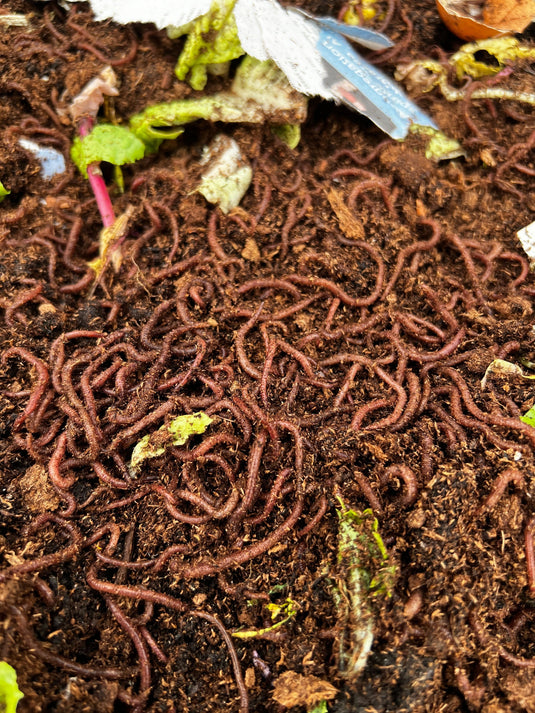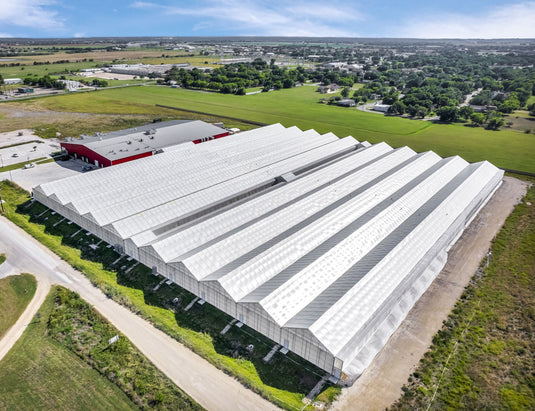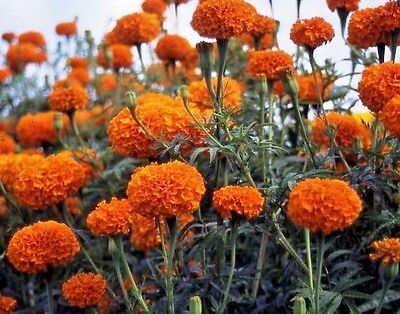The process by which worms transform food waste into valuable fertilizer is a fascinating example of nature's recycling system. This conversion is known as vermicomposting, and it involves a series of biological and chemical processes that break down organic matter into a form that is highly beneficial for plant growth. Here's a step-by-step explanation of how this process works:
Step 1: Ingestion of Organic Material
The journey begins when worms consume food waste. Earthworms, particularly species like the red wiggler (Eisenia fetida), are highly efficient at breaking down organic material. They feed on a variety of food scraps, including fruit and vegetable peelings, coffee grounds, and even paper products. The worms’ mouths are adapted to ingest small particles of decomposing organic matter.
Step 2: Digestion and Breakdown
Once the food waste is ingested, it passes through the worm's gizzard, where it is ground into smaller pieces with the help of tiny, gritty particles ingested by the worm. This mechanical breakdown is essential for increasing the surface area of the food, making it more accessible to digestive enzymes.
Step 3: Microbial Action
The partially digested food then enters the worm's intestines, where it encounters a rich community of microorganisms. These bacteria and fungi play a crucial role in further breaking down the organic material. The symbiotic relationship between the worms and these microbes ensures efficient decomposition. The worms’ digestive system creates a perfect environment for these microbes to thrive, providing them with a constant supply of organic material to decompose.
Step 4: Nutrient Absorption
As the organic matter moves through the worm's intestines, the worm absorbs nutrients that it needs for its own sustenance. This includes proteins, carbohydrates, and other essential compounds. The remaining material, now broken down into a simpler form, is ready to be excreted.
Step 5: Excretion of Castings
The final stage in this process is the excretion of worm castings. These castings, or vermicast, are small, dark granules rich in nutrients. The castings contain a balanced mix of nitrogen, phosphorus, potassium, trace minerals, and beneficial microorganisms. Additionally, they are coated with mucus from the worm's intestines, which helps to bind the particles together and improve soil structure.
Benefits of Worm Castings
Worm castings are not just broken-down food waste; they are a potent soil amendment with several key benefits:
- Nutrient Availability: The nutrients in worm castings are in a form that plants can readily absorb, promoting healthier and more vigorous growth.
- Microbial Diversity: The castings are teeming with beneficial microorganisms that enhance soil health, aid in nutrient cycling, and help protect plants from disease.
- Soil Structure Improvement: The granular nature of worm castings improves soil aeration and water retention, making the soil more hospitable for plant roots.
- Sustainability: Vermicomposting reduces the amount of organic waste sent to landfills, turning it into a valuable resource instead. This process also diminishes the need for chemical fertilizers, which can be harmful to the environment.
Conclusion
The transformation of food waste into nutrient-rich fertilizer by worms is a remarkable natural process that exemplifies efficiency and sustainability. Through ingestion, digestion, microbial action, and excretion, worms convert organic waste into vermicast, a powerful soil amendment that supports plant growth and soil health. Embracing vermicomposting not only enhances agricultural productivity but also contributes to a more sustainable and environmentally friendly approach to waste management and soil enrichment.


